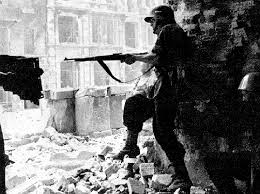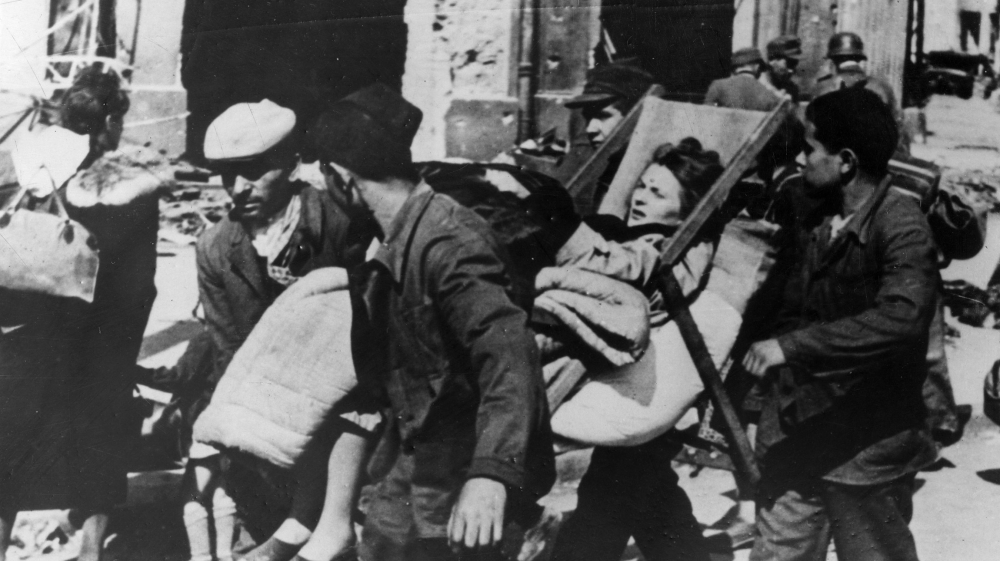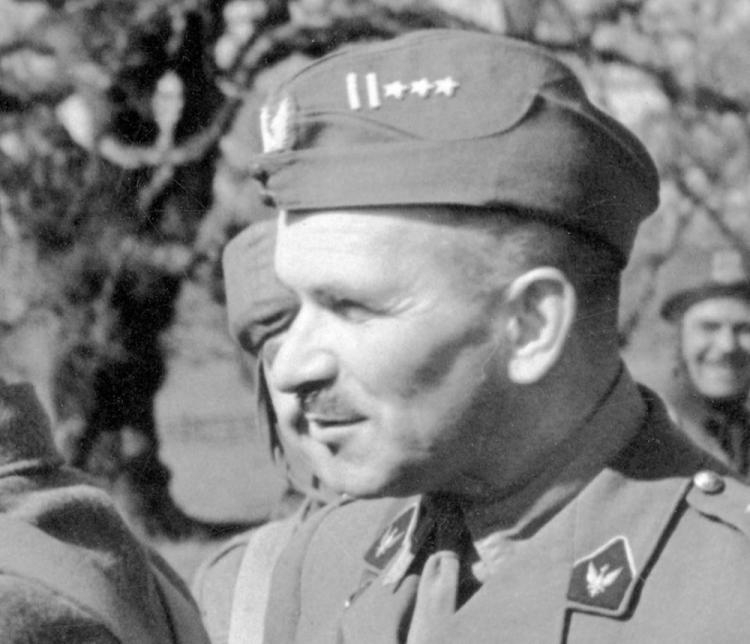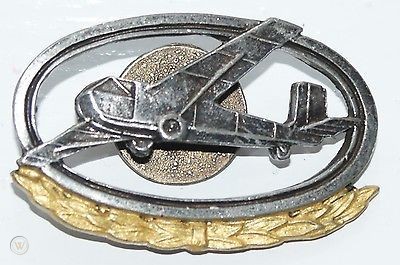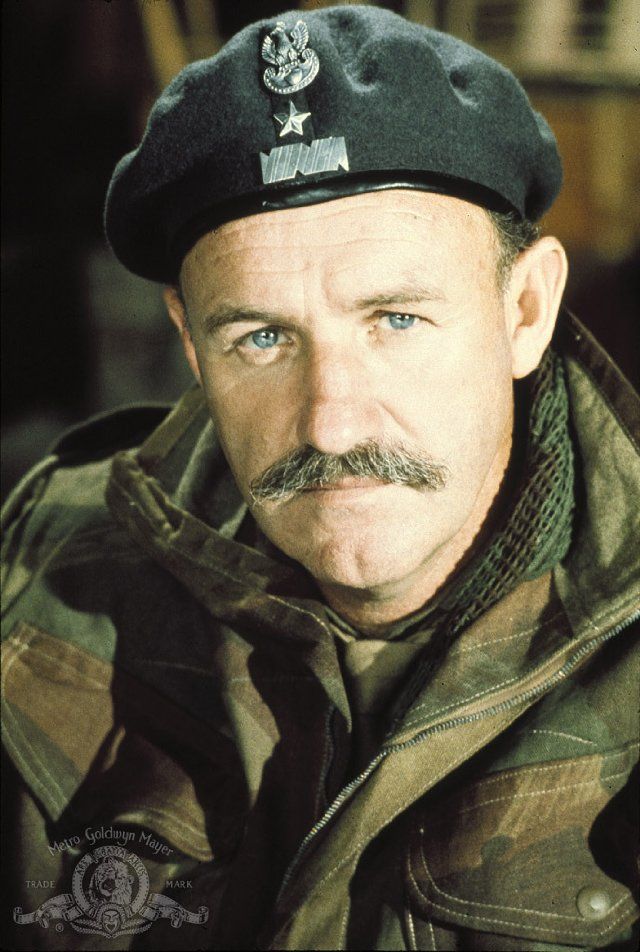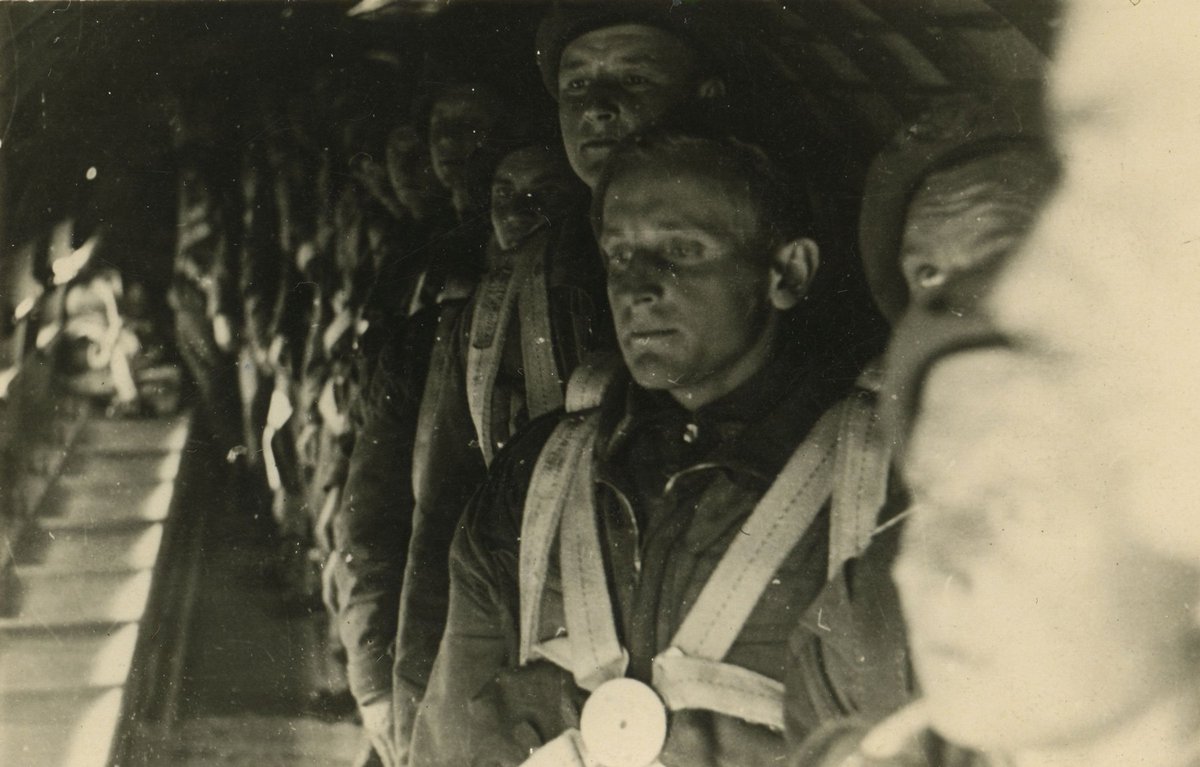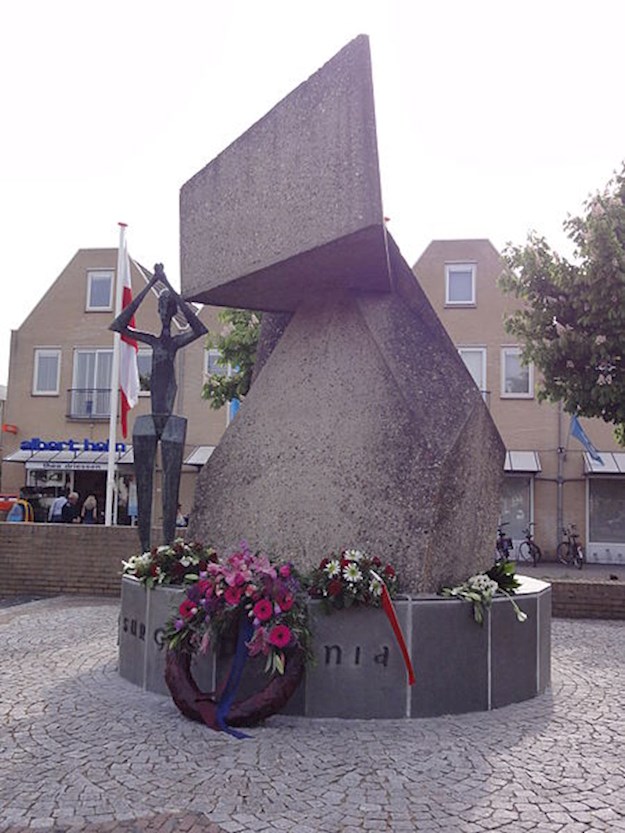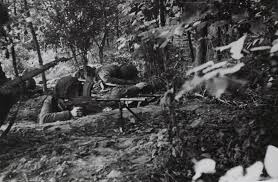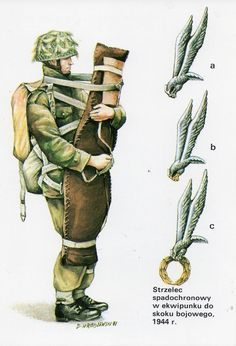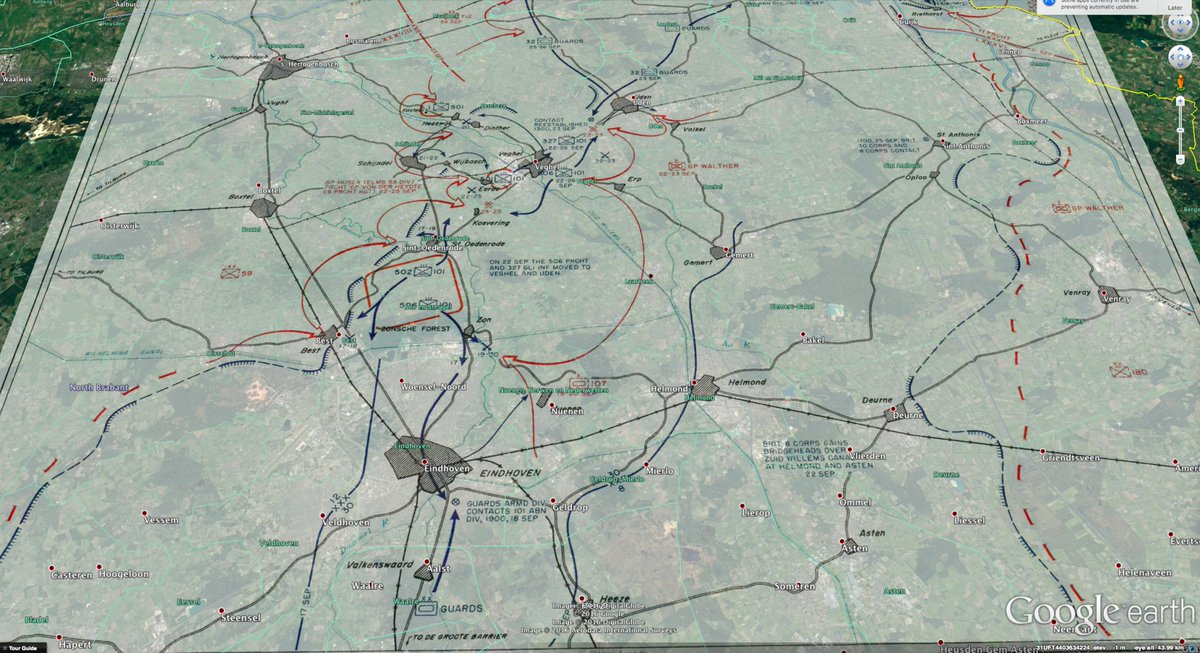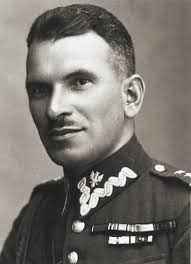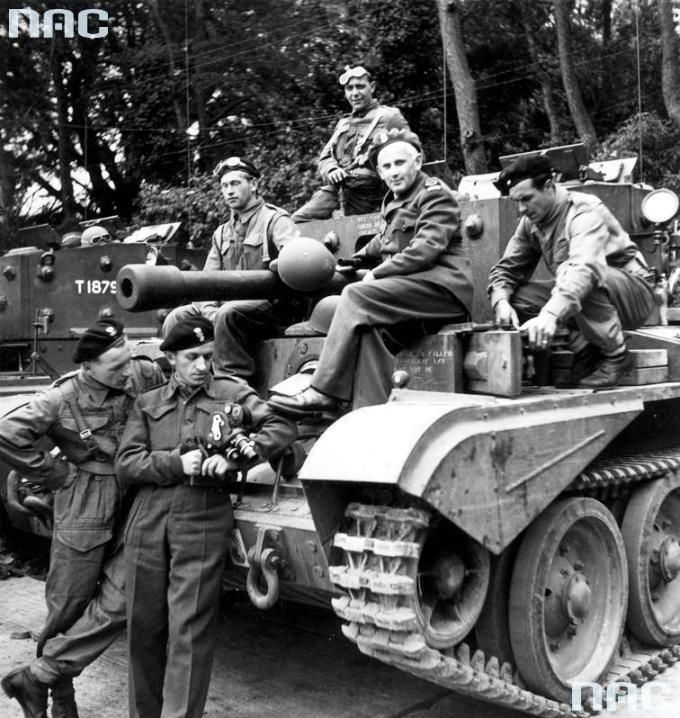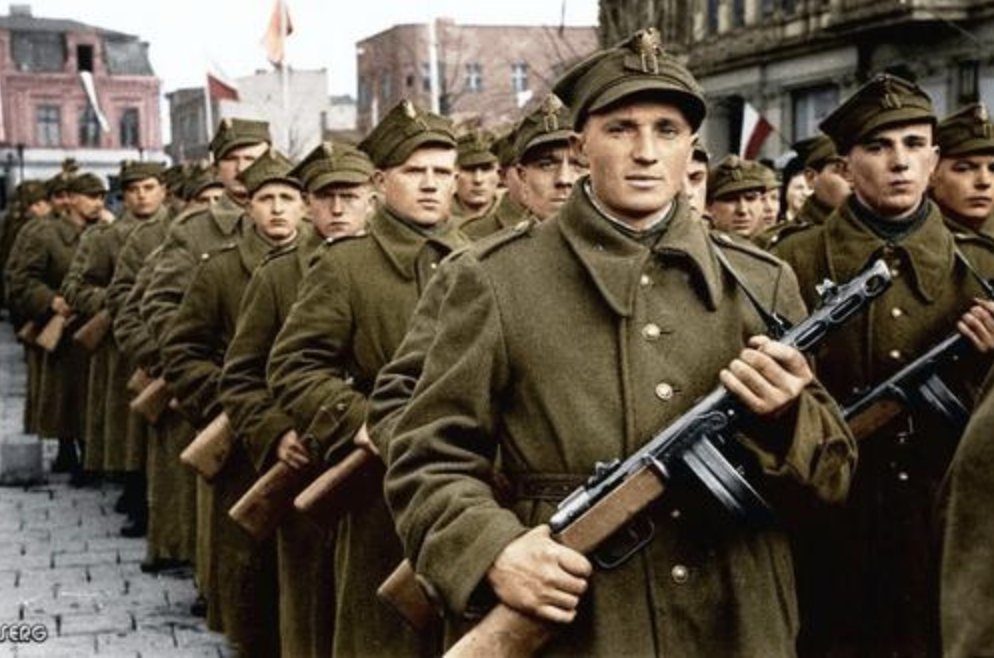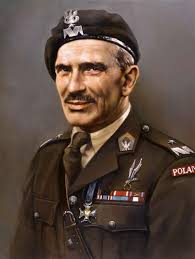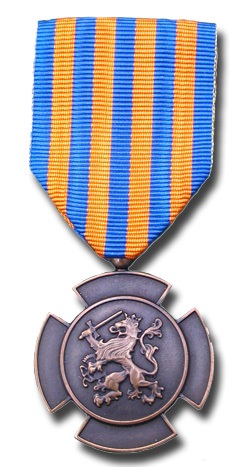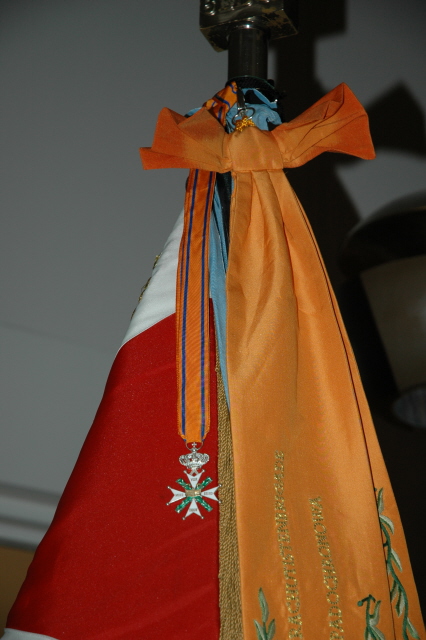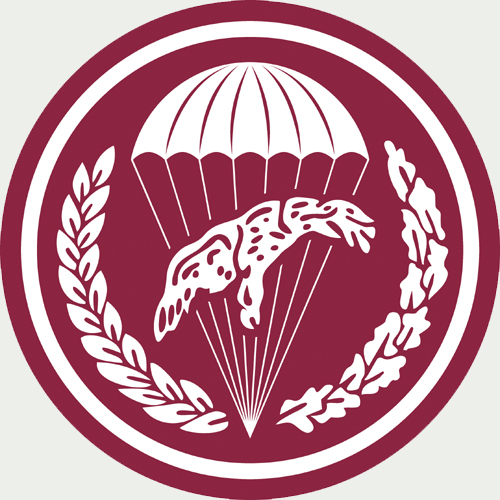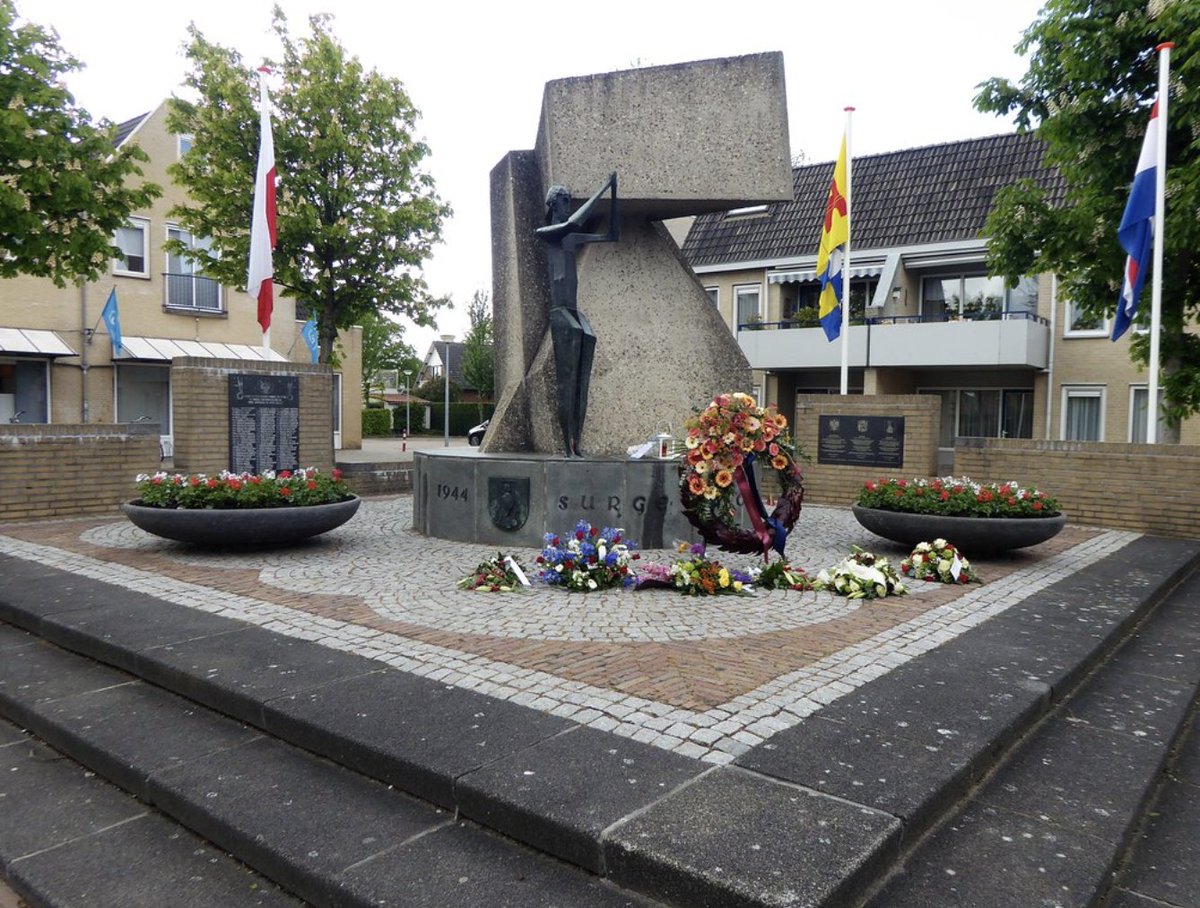2 of 30:
We’ve studied the incredible valor of our Polish Airborne brothers in Market Garden. Let’s take a closer look at the Polish airborne throughout WWII.
We’ve studied the incredible valor of our Polish Airborne brothers in Market Garden. Let’s take a closer look at the Polish airborne throughout WWII.
3 of 30:
In September 1941, the First Polish Independent Parachute Brigade was formed in Scotland, under Stanislaw Sosabowski, with the intended mission of dropping into Nazi-occupied Poland and liberating the country.
In September 1941, the First Polish Independent Parachute Brigade was formed in Scotland, under Stanislaw Sosabowski, with the intended mission of dropping into Nazi-occupied Poland and liberating the country.
4 of 30:
The brigade was formed by the Polish High Command. It was the only Polish unit directly under the exiled government, thus the “Independent” in the name. They were to support the Polish Resistance in the event of an uprising.
The brigade was formed by the Polish High Command. It was the only Polish unit directly under the exiled government, thus the “Independent” in the name. They were to support the Polish Resistance in the event of an uprising.
5 of 30:
The British didn’t care much for this plan. They argued that a single brigade would do little good against the Germans, and the brigade would be better utilized in Western Front. Under pressure from the British government, the brigade was put to work in the West.
The British didn’t care much for this plan. They argued that a single brigade would do little good against the Germans, and the brigade would be better utilized in Western Front. Under pressure from the British government, the brigade was put to work in the West.
6 of 30:
In late July 1944, the exiled Polish Government requested British air support for an uprising in Warsaw. Request denied.
In late July 1944, the exiled Polish Government requested British air support for an uprising in Warsaw. Request denied.
7 of 30:
The brigade’s available aircraft lacked the fuel needed to reach Warsaw, let alone provide real air support, so they asked the Soviet government for permission to land in nearby airfields. Once again, request denied.
The brigade’s available aircraft lacked the fuel needed to reach Warsaw, let alone provide real air support, so they asked the Soviet government for permission to land in nearby airfields. Once again, request denied.
8 of 30:
As we’ve discussed, the First Polish Independent Parachute Brigade was assigned to support the British First Airborne Division at Arnhem in September of 1944. Stationed in England, the Polish brigade was best positioned to go into Arnhem.
As we’ve discussed, the First Polish Independent Parachute Brigade was assigned to support the British First Airborne Division at Arnhem in September of 1944. Stationed in England, the Polish brigade was best positioned to go into Arnhem.
9 of 30:
Operation Comet was the canceled precursor to Operation Market Garden. Sosabowski was against this plan, which involved only 1 airborne division. He felt this was insufficient force to capture the bridges. Market Garden increased that to three airborne divisions.
Operation Comet was the canceled precursor to Operation Market Garden. Sosabowski was against this plan, which involved only 1 airborne division. He felt this was insufficient force to capture the bridges. Market Garden increased that to three airborne divisions.
10 of 30:
A few days before Market Garden commenced, Sosabowski learned that the number of gliders he had originally been allocated was now reduced.
A few days before Market Garden commenced, Sosabowski learned that the number of gliders he had originally been allocated was now reduced.
11 of 30:
He was also informed that he would be without his artillery battery, and his anti-tank guns would be dropped on the other side of the Rhine River from the main force.
He was also informed that he would be without his artillery battery, and his anti-tank guns would be dropped on the other side of the Rhine River from the main force.
12 of 30:
Sosabowski pointed out that the bridgehead they would need would have to be held across 10 miles of difficult terrain. If the British paratroopers failed to capture their bridge, the Polish paratroopers would be stuck on the wrong side of the Rhine.
Sosabowski pointed out that the bridgehead they would need would have to be held across 10 miles of difficult terrain. If the British paratroopers failed to capture their bridge, the Polish paratroopers would be stuck on the wrong side of the Rhine.
13 of 30:
Sosabowski’s concerns were brushed aside (this is captured in the film “A Bridge Too Far” in which Gene Hackman portrays the Polish general).
Sosabowski’s concerns were brushed aside (this is captured in the film “A Bridge Too Far” in which Gene Hackman portrays the Polish general).
14 of 30:
The first of the Polish troops traveled by gliders on September 19th, 1944, with paratroopers to follow. Bad weather in England delayed the paratroopers for two days.
The first of the Polish troops traveled by gliders on September 19th, 1944, with paratroopers to follow. Bad weather in England delayed the paratroopers for two days.
15 of 30:
When the Polish paratroopers eventually made it to the Netherlands, they were dropped at Driel on the south bank of the Rhine River. The British were expected to cover the DZ but they were otherwise engaged and out of radio contact with the main forces at the time.
When the Polish paratroopers eventually made it to the Netherlands, they were dropped at Driel on the south bank of the Rhine River. The British were expected to cover the DZ but they were otherwise engaged and out of radio contact with the main forces at the time.
16 of 30:
During their first few days of fighting, they suffered significant casualties, but their very presence forced ~2,500 German soldiers to focus on them instead of the Brits.
During their first few days of fighting, they suffered significant casualties, but their very presence forced ~2,500 German soldiers to focus on them instead of the Brits.
17 of 30:
On Tuesday, September 19th, the Polish Brigades anti-tank battery headed for Arnhem, leaving Sosabowski without anti-tank capability. A glider shortage forced the brigade to leave behind (in England) their light artillery battery.
On Tuesday, September 19th, the Polish Brigades anti-tank battery headed for Arnhem, leaving Sosabowski without anti-tank capability. A glider shortage forced the brigade to leave behind (in England) their light artillery battery.
18 of 30:
The Polish paratroopers set up a defensive position in Driel and for two nights made attempts to cross the Rhine River to support the British paratroopers at Arnhem.
The Polish paratroopers set up a defensive position in Driel and for two nights made attempts to cross the Rhine River to support the British paratroopers at Arnhem.
19 of 30:
Using a variety of makeshift boats for the crossing attempts, & under heavy German fire, ~ 200 Polish paratroopers got across the Rhine over those 2 days and covered the withdrawal of what remained of the British 1st Airborne Division.
Using a variety of makeshift boats for the crossing attempts, & under heavy German fire, ~ 200 Polish paratroopers got across the Rhine over those 2 days and covered the withdrawal of what remained of the British 1st Airborne Division.
21 of 30:
In just a few days in the Netherlands, fighting as part of Operation Market Garden, the First Polish Independent Parachute Brigade had suffered nearly 600 casualties, with a loss of about 25% of their total fighting strength.
In just a few days in the Netherlands, fighting as part of Operation Market Garden, the First Polish Independent Parachute Brigade had suffered nearly 600 casualties, with a loss of about 25% of their total fighting strength.
22 of 30:
In early 1945, the First Polish Independent Parachute Brigade was attached to the Polish First Armoured Division, tasked with occupying Northern Germany until the units disbanded at the end of June in 1947.
In early 1945, the First Polish Independent Parachute Brigade was attached to the Polish First Armoured Division, tasked with occupying Northern Germany until the units disbanded at the end of June in 1947.
23 of 30:
Many of the Polish soldiers elected to remain in exile rather than return to Poland, which had fallen to Communism.
Many of the Polish soldiers elected to remain in exile rather than return to Poland, which had fallen to Communism.
24 of 30:
After the war ended, Sosabowski learned that his son, a medic with the Polish Army, lost his vision during the Polish Uprising in 1944. Sosabowski managed to evacuate his wife and son from Poland after the war. They settled in London.
After the war ended, Sosabowski learned that his son, a medic with the Polish Army, lost his vision during the Polish Uprising in 1944. Sosabowski managed to evacuate his wife and son from Poland after the war. They settled in London.
25 of 30:
For his role leading the Polish brigade in Operation Market Garden, Sosabowski was posthumously awarded the Bronze Lion by the Netherlands.
For his role leading the Polish brigade in Operation Market Garden, Sosabowski was posthumously awarded the Bronze Lion by the Netherlands.
26 of 30:
Interestingly, immediately after WWII ended, Queen Wilhelmina of the Netherlands attempted to award the Polish Brigade for their role in liberating the country but her request was denied by the Dutch government, which felt this it might upset international relations.
Interestingly, immediately after WWII ended, Queen Wilhelmina of the Netherlands attempted to award the Polish Brigade for their role in liberating the country but her request was denied by the Dutch government, which felt this it might upset international relations.
27 of 30:
In 2006, 61 years after WWII ended, the First Polish Independent Parachute Brigade was finally awarded the Military Order of William “for its distinguished and outstanding acts of bravery, skill, and devotion to duty during Operation Market Garden.”
In 2006, 61 years after WWII ended, the First Polish Independent Parachute Brigade was finally awarded the Military Order of William “for its distinguished and outstanding acts of bravery, skill, and devotion to duty during Operation Market Garden.”
28 of 30:
The Military Order of William is the highest award of the Dutch military and has only been given to 11 units in the past; 9 or the 11 units to receive the award were Dutch military units.
The Military Order of William is the highest award of the Dutch military and has only been given to 11 units in the past; 9 or the 11 units to receive the award were Dutch military units.
29 of 30:
Although the First Polish Independent Parachute Brigade no longer exists, the award and other battle honors were inherited by the Polish 6th Airborne Brigade ( @_6BPD_ ), which now wears the Dutch Military Order of William in their honor.
Although the First Polish Independent Parachute Brigade no longer exists, the award and other battle honors were inherited by the Polish 6th Airborne Brigade ( @_6BPD_ ), which now wears the Dutch Military Order of William in their honor.

 Read on Twitter
Read on Twitter




